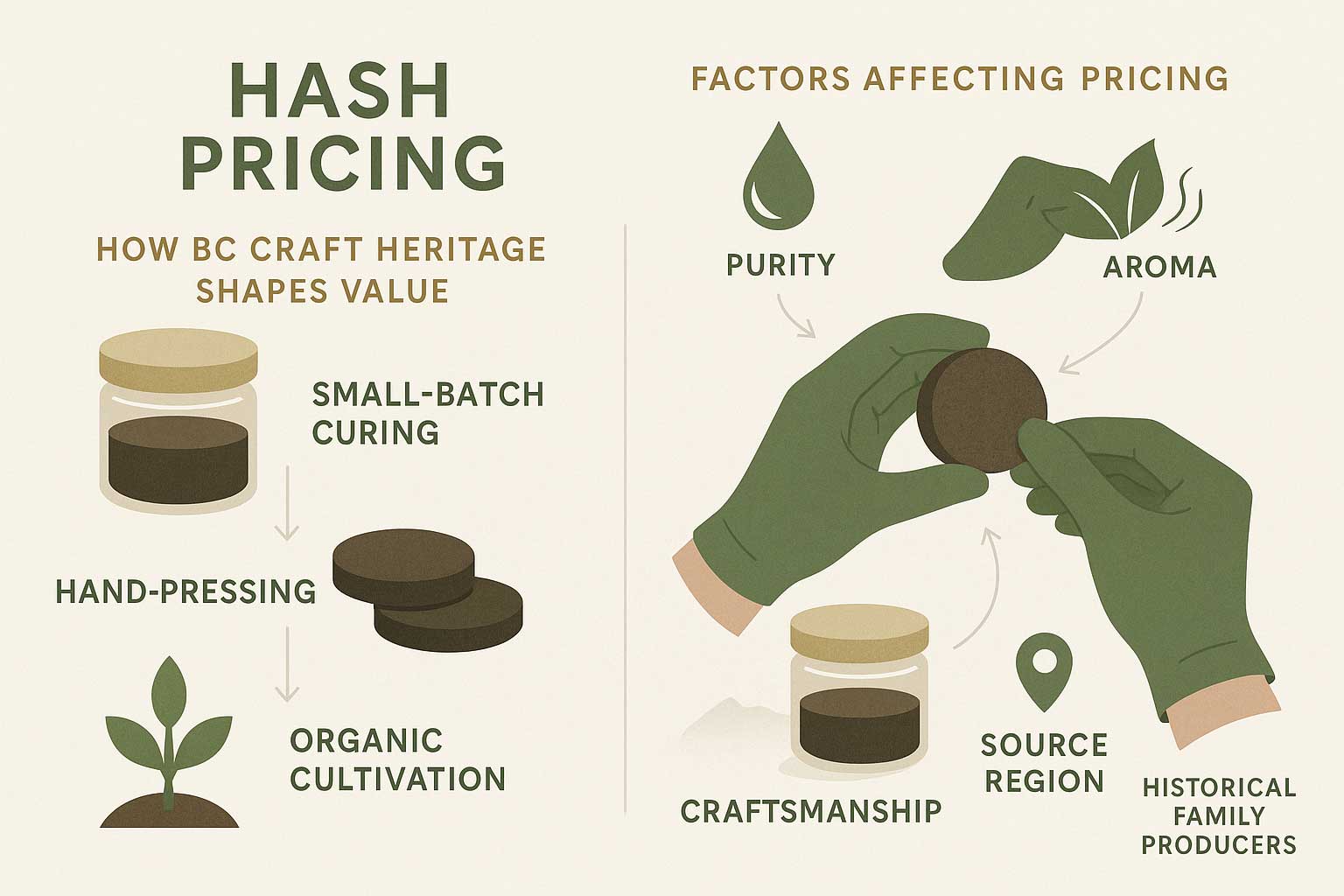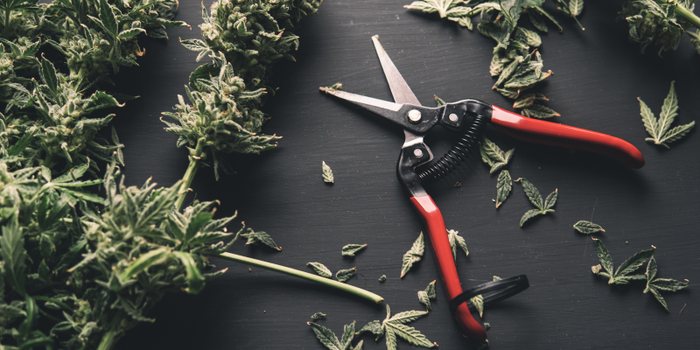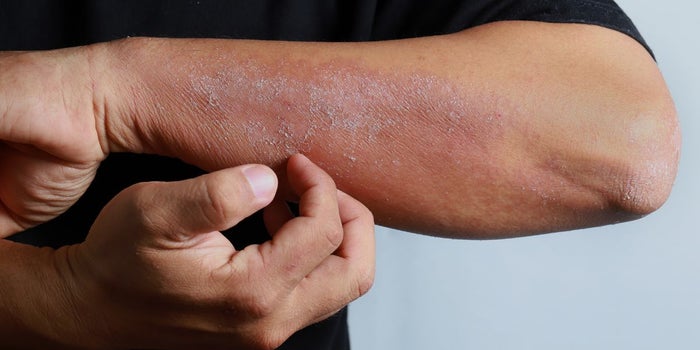Understanding pricing tiers for cannabis hash helps shoppers match budget to flavour, texture, and melt without guesswork. Hash price reflects factors beyond potency; it captures cultivar selection, labour, finishing technique, and a producer’s track record for clean, consistent resin. In BC’s craft scene, batches are intentionally small and handled with care, which often places them in upper tiers because time, skill, and transparent sourcing raise both quality and costs. Kootenay Botanicals curates these options so you can compare value signals such as method, grading notes, aroma, and handling rather than rely on generic price bands alone.
Additional influences include input quality and yield, cold-room washing or multi-screen sifting, slow, low-temperature drying, and light-safe packaging that protects terpenes. Transparent batches with strain-true aroma and clean melt usually command a premium. Market demand, excise taxes, and lab testing also shape shelf price. For buyers, the smart move is to start with session goals, then weigh producer notes and handling details to decide where each tier makes sense.
What “Tiers” Really Mean in the BC Craft Context
Tier systems are a shorthand for how much care went into the resin and how predictably it performs. Entry tiers usually come from larger runs, broader inputs, or simplified finishing. Mid-tiers tighten control over inputs and drying, with better melt and a more strain-true nose. Top tiers showcase intentional genetics, careful separation, meticulous drying, and steady storage that protect terpenes and texture. In the Kootenays, heritage and genetics also carry weight: long-kept cuts and time-tested processes add to both desirability and price because they deliver reliable character from jar to session.
Transparent producers often publish micron ranges, harvest dates, drying approach, and storage guidance, which helps place a jar within a tier with less guesswork. Consistency matters as much as first impressions; a top-tier jar should taste and melt the same from opening to last serving. Limited runs or rare cultivars can nudge pricing upward within a tier.

Core Factors That Move Hash Pricing Up or Down
Costs start at the farm. Cultivars bred and grown for resin density command more at harvest. From there, method matters. Gentle dry sift with repeated grading or cold ice-water separation with careful drying requires labour, controlled rooms, and experience. Producers who publish method details, batch notes, and grading assure that you’re paying for process, not marketing. Consistency also influences price: clean melt, uniform texture, and strain-true aroma indicate low contamination and careful handling.
Finally, brand reputation and transparent sourcing sustain premium tiers because buyers can trust what’s inside the jar. These are the signals Kootenay Botanicals emphasizes across its catalogue so you can weigh market prices against demonstrated craft. Yield and waste rates also affect cost, as do cold-chain logistics, light-safe packaging, compliance testing, and retailer markups. Smaller, seasonal runs and rare cultivars can push prices within a tier, while clear provenance and fair promotions help value-focused buyers find strong experiences without sacrificing quality.
Current Hash Cost Trends: Market Forces and Value
Canadian hash pricing reflects both tradition and changing demand. Craft makers continue to prioritize solventless techniques and careful finishing, which hold their value even as broader markets fluctuate. Direct-to-consumer models help streamline distribution, keeping quality high while preventing unnecessary mark-ups. Wholesale sensitivity remains: when inputs are hand-selected and production is labour-intensive, base costs stay higher, but the result is repeatable flavour, cleaner vapour, and fewer disappointing jars. In competitive periods, clear tiering protects quality producers from being lumped into bulk categories and helps buyers recognize why a jar costs what it does. Kootenay Botanicals’ focus on transparency supports this clarity for shoppers comparing options across tiers.
Reading Value at Each Tier without Overpaying for Cannabis
Value is the balance between experience and spend. For casual sessions or blending, an entry-tier hash can make sense if the aroma is pleasant and handling is tidy. Mid-tier jars often offer the best price-to-performance ratio when you want stronger melt and a more expressive nose. Premium hash tiers become worthwhile when you prioritize cultivar character, smooth vapour at moderate temperatures, and consistent texture from first serving to last. Wherever you land, trust specifics: look for producer notes on method, drying approach, and storage; check for strain-true scent when warmed; and notice how cleanly the resin behaves under gentle heat. Those cues are more reliable than price alone.
Buying, Storing, and Timing for Smarter Spends
Shop with clear goals: every day, shareable sessions versus flavour-first nights with a temperature-controlled setup. Buying fresh batches with posted details helps you avoid jars that have lingered too long under bright lights. Store hash in airtight containers away from heat and UV, and let pieces come to room temperature before opening to prevent condensation. Watch for curated promotions of trusted producers rather than chasing the lowest sticker, since provenance and handling drive satisfaction more than a short-term discount. Kootenay Botanicals’ approach is to surface quality and value side by side so you can choose based on how you actually consume, not just on the number on the tag.
Cannabis pricing tiers are a map, not a verdict. They organize the craft story, genetics, process, finish, and trust, into levels that help you buy with confidence. By reading method notes, checking aroma and texture, and choosing vendors who value transparency, you get better sessions at any budget.
With Kootenay Botanicals’ BC craft focus and clear product information, it’s simple to match spend to experience and feel good about what’s in the jar.



